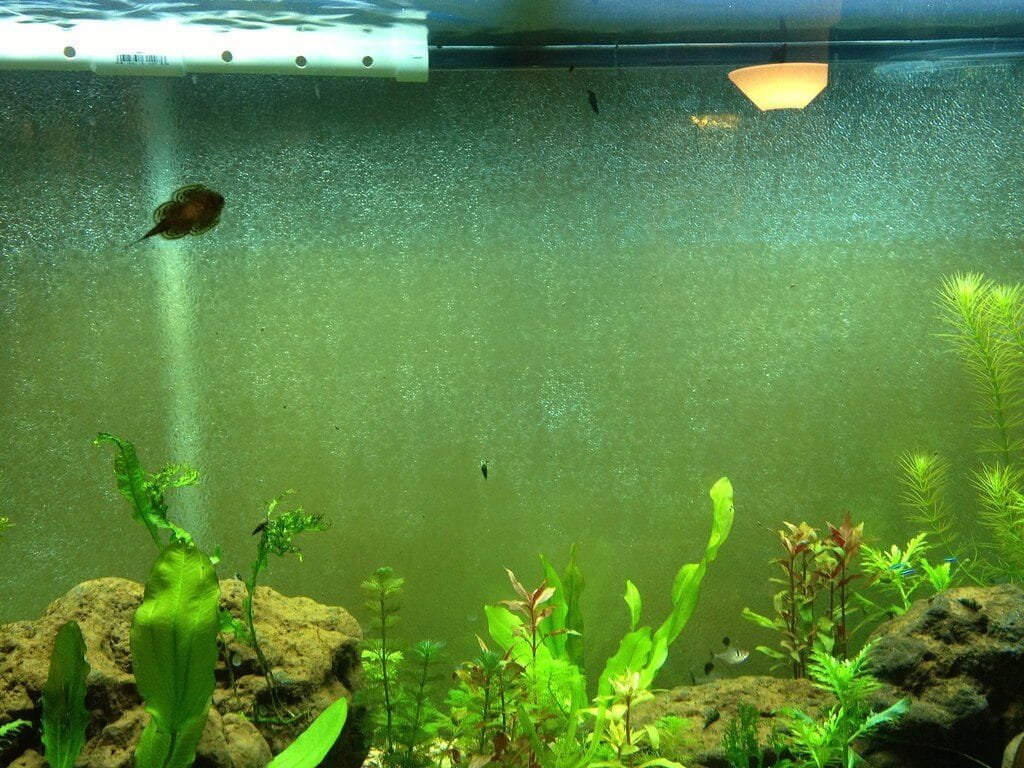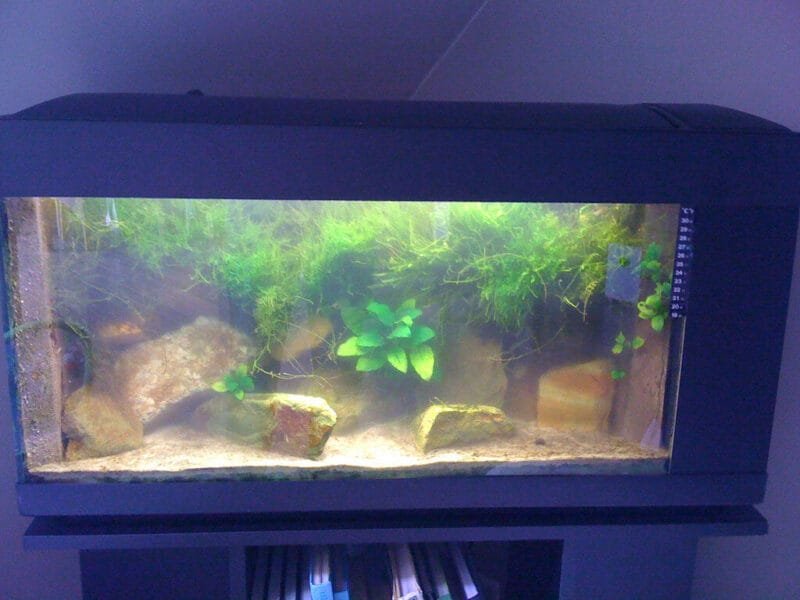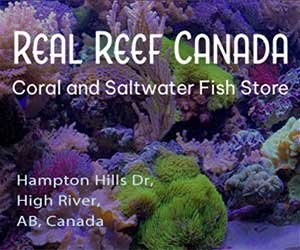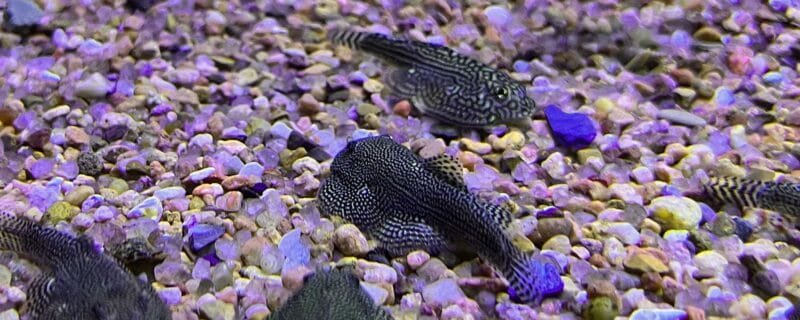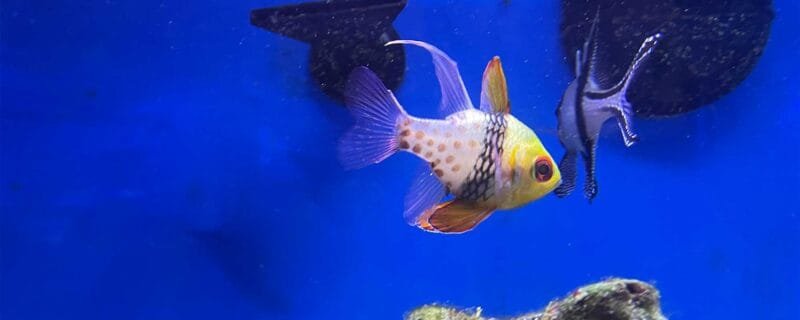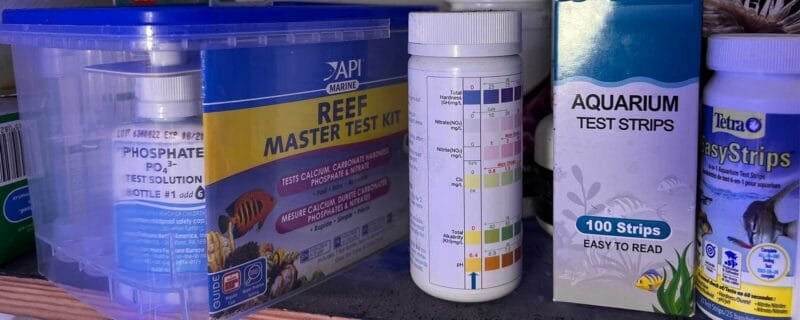This guide will help you effectively manage and reduce algae growth in your aquarium without the use of harmful chemicals. You will learn about the natural methods that promote a healthy balance in your aquatic environment, ensuring the well-being of your fish and plants. By adjusting factors like lighting, nutrients, and water circulation, you can create a thriving ecosystem while minimizing algae bloom. Implementing these techniques will not only enhance your aquarium’s appearance but also improve the overall health of your aquatic life.
Key Takeaways:
- Maintain a consistent light cycle to limit excess light exposure, reducing algae growth.
- Introduce algae-eating species, such as certain fish or snails, to help control algae naturally.
- Perform regular water changes and maintain good filtration to keep nutrient levels in check.
Understanding Algae Growth
Algae growth is a natural process in aquariums, often depending on nutrient levels, light availability, and overall ecosystem health. While some algae can be beneficial, excessive growth can lead to water quality issues and disrupt the balance of your aquatic environment. Recognizing the specific conditions that lead to algae proliferation is crucial for effective management.
Common Types of Algae
Familiarizing yourself with the different types of algae can aid in identifying which ones may be afflicting your aquarium. Common types include:
- Green algae: often appears as green film on surfaces.
- Brown algae: typically found in new aquariums and manifests as a dusty layer.
- Red algae (Cyanobacteria): can float freely or grow in thick mats.
- Blue-green algae: often indicates an imbalance in water chemistry.
- Hair algae: resembles green hair and can choke out other plants.
After understanding these types, you can better address their presence in your tank.
| Type of Algae | Characteristics |
| Green Algae | Forms green films on surfaces. |
| Brown Algae | Dusty layer, common in new setups. |
| Red Algae | Thick mats, signifies possible issues. |
| Blue-Green Algae | Indicates imbalanced chemistry. |
| Hair Algae | Can smother plants and decorations. |
Factors Contributing to Algae Proliferation
Various factors can encourage algae growth in your aquarium, including excessive light exposure, nutrient imbalances, and low levels of competition from other aquatic life. Identifying these elements enables you to take proactive measures in limiting algae. Key contributors include:
- High nutrient levels: often due to overfeeding or poor filtration.
- Excessive lighting: especially with prolonged light cycles.
- Poor water circulation: stagnation can promote algae growth.
- Inadequate plant competition: fewer plants lead to more available nutrients for algae.
- Improper water parameters: such as pH and hardness.
Perceiving how these factors interrelate can help you devise an effective management strategy.
Understanding specific contributions to algae proliferation helps you develop a holistic approach to aquarium care. For instance, maintaining optimal lighting for your plants can reduce algae growth significantly. Regular water changes, effective feeding practices, and the introduction of competitive aquatic plants can help suppress unwanted algae. Additionally, keeping your filtration system in check will remove nutrient buildups that fuel algae development. Consider these aspects as part of your overall aquarium maintenance routine.
- Regular water changes: helps dilute nutrients and maintain quality.
- Effective feeding: limits nutrient input that fuels growth.
- Competitive plant growth: provides necessary competition for nutrients.
- Filtration maintenance: prevents nutrient buildup.
- Monitoring water quality: ensures a balanced ecosystem.
Perceiving these interconnected factors will empower you to maintain a healthier aquarium environment.
How to Prevent Algae Growth
To ensure minimal algae growth, focus on a balanced ecosystem. Implementing preventative measures will save you from future headaches. Regular maintenance, such as routine water changes and tank cleanings, will help reduce excess nutrients. Additionally, keeping your tank stocked with algae-eating species can effectively outcompete algae for resources.
Maintaining Water Quality
Your aquarium’s water quality is key to controlling algae growth. Monitor parameters like ammonia, nitrite, and nitrate levels regularly. Aim for zero ammonia and nitrite, while keeping nitrates below 20 ppm. Using a high-quality filter and performing regular water changes can help maintain these levels, creating an inhospitable environment for algae.
Controlling Light Exposure
Limiting light exposure is vital in preventing algae blooms. Aim for about 8-10 hours of light daily, utilizing a timer to maintain consistency. Excessive light can fuel algal growth, particularly in tanks with high nutrient levels.
Using lower-intensity bulbs or placing your aquarium in a location with indirect sunlight can help regulate light exposure further. It’s also beneficial to observe how different plants and fish interact with light. Some species thrive under dimmer conditions, which could naturally suppress algae while enhancing your tank’s aesthetics. Aim to adjust lighting based on the specific needs of your aquatic environment.
Natural Tip: Adding Live Plants
Integrating live plants into your aquarium creates a more balanced ecosystem, naturally competing with algae for nutrients. These plants absorb excess nitrates and phosphates, effectively reducing the resources available for algae to thrive. Choose hardy, fast-growing species to maximize their algae-fighting potential while enhancing the aesthetic of your aquatic environment.
Choosing the Right Plants
Selecting the right aquatic plants is vital for effective algae control. Opt for fast-growing species like Hornwort, Water Sprite, or Anacharis that not only thrive in varied conditions but also outcompete algae for nutrients, minimizing their growth. Additionally, consider low-light plants if your tank has limited lighting, ensuring their sustained growth.
Benefits of Aquatic Plants
Aquatic plants offer numerous benefits beyond algae control. They provide vital habitats for fish and beneficial microorganisms, contributing to your aquarium’s biodiversity. Plants also enhance water quality by oxygenating and removing harmful substances, creating a healthier environment for your aquatic life.
Incorporating aquatic plants can significantly enhance the wellbeing of your aquarium. Research indicates that tanks with live plants often exhibit lower levels of harmful nitrates and improved overall water clarity. For example, a study showed that introducing just a few species could reduce nitrate levels by up to 50% within weeks. This not only fosters a vibrant ecosystem but also promotes the health and longevity of your fish, resulting in a flourishing aquarium experience.
Biological Methods for Algae Control
Utilizing biological methods for algae control allows you to harness the natural ecosystem in your aquarium. By introducing organisms that feed on algae, you can maintain a healthier balance without relying on harsh chemicals. These methods not only help in reducing algae populations but also promote biodiversity, which is beneficial for your aquarium’s overall health.
Introducing Algae-Eating Fish
Algae-eating fish can be fantastic allies in controlling algae in your aquarium. Options like Otocinclus, Siamese Algae Eaters, and plecos actively graze on algae, helping to keep your tank clean. These species not only help manage algae but also add visual interest to your aquarium environment.
Using Snails and Invertebrates
Snails and invertebrates serve as effective algae control agents due to their natural grazing habits. For instance, Nerite snails and Apple snails feast on various types of algae, while shrimp like Amano shrimp will consume algae and detritus. Adding these creatures to your aquarium not only enhances aesthetics but also creates a more balanced ecosystem.
Nerite snails, in particular, are highly regarded for their algae-eating capabilities, as they thrive in both freshwater and saltwater environments. They reproduce slowly and won’t overpopulate your tank, which is a significant advantage. Additionally, Amano shrimp are excellent scavengers, helping clear up leftover food while targeting algae. These species effectively reduce the buildup of algae and contribute to the overall cleanliness of your aquarium, ensuring your aquatic habitat remains healthy and vibrant.
Chemical-Free Solutions
Implementing chemical-free solutions in your aquarium not only enhances the health of your aquatic environment but also minimizes the risks associated with harsh chemicals. These methods utilize natural processes and materials to effectively manage algae growth while ensuring the well-being of your fish and plants. From introducing specific organisms to applying homemade remedies, you have various approaches at your disposal to maintain a clear and thriving aquarium ecosystem.
Homemade Remedies
Homemade remedies provide effective solutions for combating algae without resorting to harmful chemicals. Options like vinegar and lemon juice can be used for spot treatments on decorations and substrate, while diluted hydrogen peroxide can assist in controlling algae without affecting fish. Moreover, regular manual removal and frequent water changes help significantly in maintaining a healthy balance in your aquarium.
Natural Algae Inhibitors
Natural algae inhibitors are substances or species that can effectively curb algae growth in your aquarium. For example, certain fish species, such as denison barbs and otocinclus catfish, actively graze on algae, providing biological control. Additionally, introducing snails and shrimp can further aid in keeping algae populations in check by consuming it regularly. You might also consider using barley straw, which naturally decomposes to release substances that inhibit algae growth.
Among these natural inhibitors, the use of barley straw is particularly noteworthy. It works through a process where it releases phenolic acids as it decomposes, which deter algae growth while having minimal impact on fish and plants. This method can be especially effective in larger tanks where different species can thrive. By maintaining a consistent presence of these inhibitors, you can create an environment that is far less conducive to undesirable algae proliferation, ensuring a balanced ecosystem.
Regular Maintenance Practices
Implementing regular maintenance practices is vital for keeping algae at bay in your aquarium. Focus on partial water changes, which should be done weekly or bi-weekly, to reduce nutrient levels that contribute to algae growth. Additionally, regularly check and clean filters, as clogged filters can lead to stagnant water, further promoting algae proliferation. Aim to maintain a stable environment by consistently monitoring water parameters.
Cleaning Techniques
Adopt effective cleaning techniques to manage algae buildup. Utilize a soft algae scraper or sponge during routine cleanings to gently remove algae from the glass and decorations. For stubborn areas, a magnet cleaner can be useful, but take care not to scratch the glass. Cleaning your substrate and using a siphon vacuum during water changes can also help dislodge algae remnants from the substrate.
Monitoring and Adjusting Conditions
Monitoring and adjusting conditions within your aquarium is vital for preventing algae outbreaks. Regularly test your water parameters, including nitrate, phosphate, and ammonia levels, ensuring they remain within the ideal range for your aquatic life. If you detect elevated nutrient levels, consider reducing feedings, optimizing filtration, or adjusting light duration to minimize algae-friendly conditions.
Taking an active approach towards monitoring involves using test kits to check for excess nutrients that fuel algae growth. For instance, nitrates should generally remain below 20 ppm for most systems, while phosphates ideally should be under 0.5 ppm. If you find these levels exceeding recommended thresholds, you can increase water changes or incorporate live plants, which compete for these nutrients, thereby controlling the algae indirectly. Establishing a routine for checking these parameters ensures you can promptly address any imbalances before significant algae issues arise.
Final Words
Now you have the tools to control algae growth in your aquarium naturally. By managing light exposure, maintaining proper water parameters, and introducing algae-eating species, you can create a balanced environment. Regular water changes and careful feeding practices also play a significant role in preventing algae overgrowth. Embrace these practices for a healthier aquarium, ensuring your aquatic life thrives while minimizing the need for chemical treatments.
FAQ
Q: What are effective natural methods to reduce algae growth in my aquarium?
A: Several natural methods can help control algae growth:
1. Introduce live plants that compete for nutrients with algae.
2. Utilize algae-eating fish, such as snails or certain species of shrimp, to help keep algae in check.
3. Maintain proper light duration and intensity to prevent excessive algae growth.
Q: How does water quality influence algae growth in my aquarium?
A: Good water quality is vital in controlling algae. High nutrient levels, particularly nitrates and phosphates, can promote algae blooms. Regularly testing and maintaining optimal pH, hardness, and ammonia levels, along with weekly water changes, helps keep nutrients in check and lowers algae growth potential.
Q: Can I use natural algae controllers like vinegar or hydrogen peroxide?
A: Yes, both vinegar and hydrogen peroxide can be used to manage algae naturally, but with caution. Dilute vinegar and apply it to affected areas to kill algae, ensuring it’s safe for fish. Hydrogen peroxide can be introduced gradually to the water to target algae without harming beneficial bacteria when used correctly.

